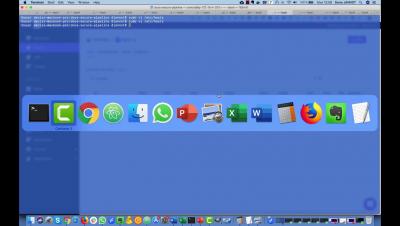Operations | Monitoring | ITSM | DevOps | Cloud
DevOps
The latest News and Information on DevOps, CI/CD, Automation and related technologies.
dcTrack 7.0 ServiceNow Integration
dcTrack 7.0 Asset Management
dcTrack Visualization
dcTrack 7 BI and Analytics
15 hours writing CloudFormation reduced to 15 minutes with Stackery
ServerlessConf NY this past October was an important milestone for those of us tracking how software is built on cloud services. . We’ve seen the serverless talks evolve from “what is serverless” to “I built a weird thing” to “We built a new business” to “We refactored a legacy app and kickstarted our feature velocity.” We’ll come back to those last two soon, , but I want to highlight some points from one in particular by Tim Wagner.
The Hidden Costs of Big Data on AWS
IDC predicts a ten-fold increase in data by 2025, which should surprise just about no one. We are all producing more and more data every day—more data than ever before, with no slowdown in sight. Recently we joined forces with our friends over at CHAOSSEARCH to deliver a webinar on the topic of Big Data Done Right—How to Spend Less While You Store & Analyze More. In this webcast, we discussed some best practices around big data storage, transfer, and access.
How to monitor Kubernetes + Docker with Datadog
Since Kubernetes was open sourced by Google in 2014, it has steadily grown in popularity to become nearly synonymous with Docker orchestration. Kubernetes is being widely adopted by forward-thinking organizations such as Box and GitHub for a number of reasons: its active community, rapid development, and of course its ability to schedule, automate, and manage distributed applications on dynamic container infrastructure.











